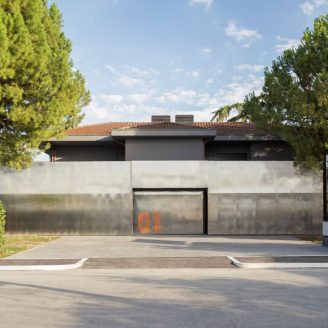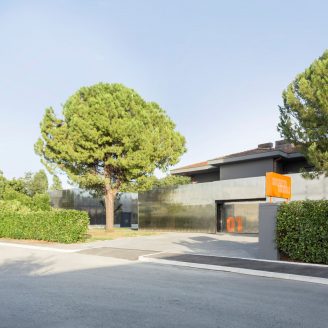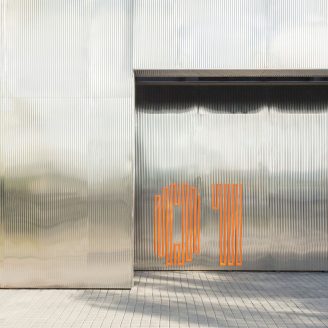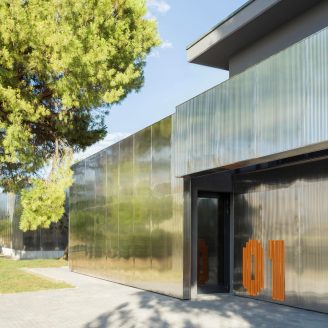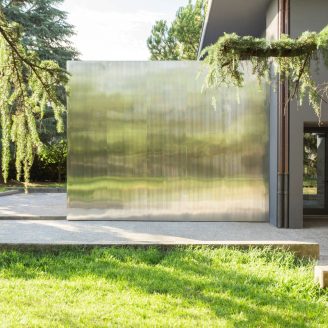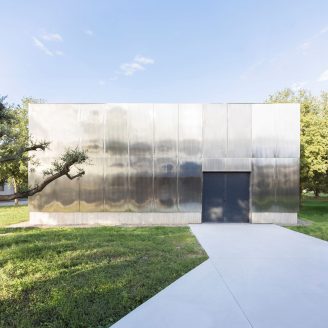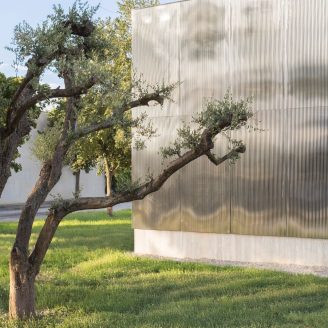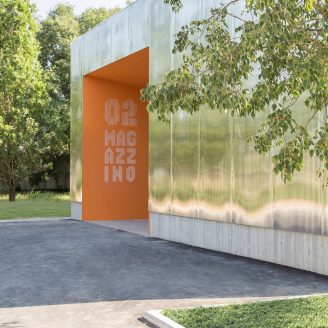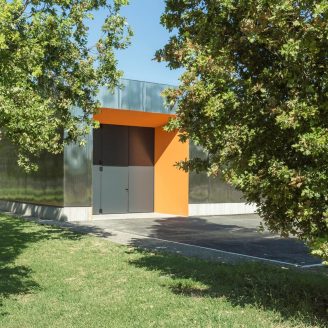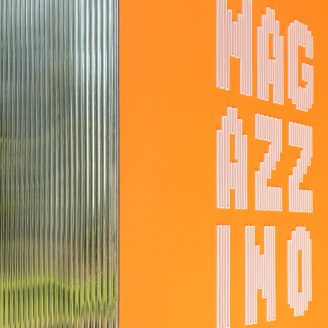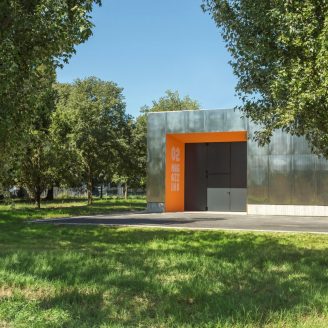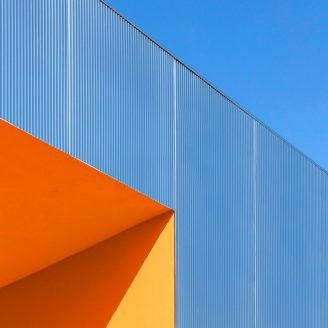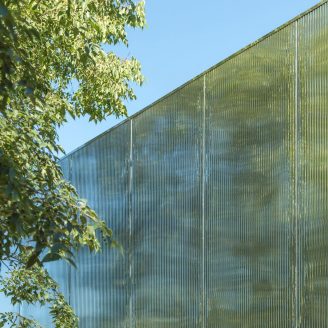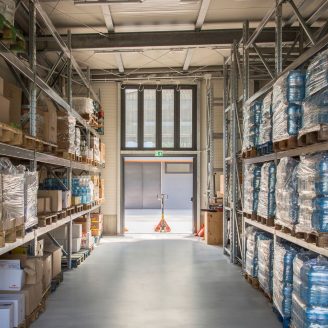Architecture has the power to transform places not only from an aesthetic or functional point of view, but also socially and culturally. With the Distretto Solidale (Solidarity District), Pier Currà Architettura demonstrates how a building can be transformed into a civic hub, capable of welcoming people, generating relationships, and restoring dignity within a community. Pier Currà Architettura has exemplified this ability, giving back to the city not just a building, but a civic stronghold, a generator of connections and a catalyst for trust.
The project stems from a concrete need: to create a space for the collection, storage and free distribution of food to families in need. Supported by PNRR funds and the Municipality of Cesena, the project immediately took on a value that transcends its functional scope, becoming an urban activator. The District is not just a “solidarity market,” but a place for meeting, listening and learning, an environment where assistance is intertwined with empowerment, generating dignity and opportunity.
From an architectural point of view, the project consists of two volumes. The first is an existing renovated building, which houses the Market on the ground floor and spaces for social and educational activities on the upper floor. The second is a newly designed warehouse of approximately 300 square metres. The two elements are connected by carefully designed internal flows, which ensure efficiency and symbolically evoke the gestures of giving and giving back, creating a continuous cycle between communities and individuals.
The architectural identity of the project lies in its relationship with the surrounding natural context. The site, located within an urban park, required a measured and respectful approach. The studio chose to clad the new volume with reflective corrugated metal sheets, a skin that changes appearance depending on the light and the seasons, reflecting the colours and essences of the surrounding greenery. This material choice is not only a technical solution but a poetic device that acts like a collective mirror in which the community can recognise itself.
The Solidarity District is part of a broader framework of inclusion and cohesion policies. What sets this project apart is its ability to translate public investment into a place of collective value, strengthening the social fabric and regenerating an urban space with architectural quality. The project restores dignity to those who access it and affirms that architecture can be an instrument of equity and care. This work combines aesthetic measure, material innovation, urban sensitivity, and human value.


